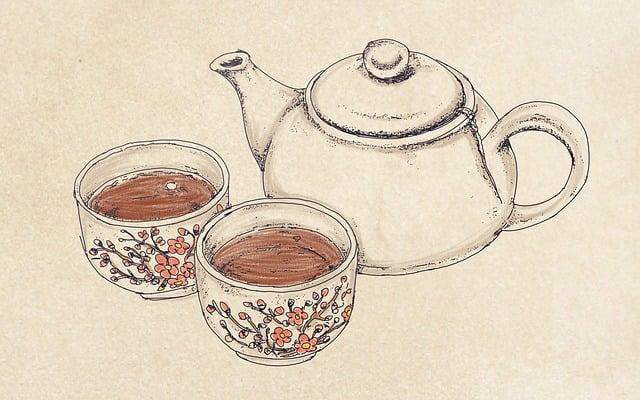Vintage-era footwear from the 19th and 20th centuries serves as a historical lens, offering insights into societal shifts and fashion evolution across different eras. From the elaborate Victorian heels to the sleek Art Deco pumps of the Jazz Age, these shoes encapsulate the design sensibilities and technological advancements of their respective times, providing a tangible connection to history. The renewed fascination with these vintage artifacts, such as 1920s flapper shoes and 1940s leather boots, highlights their lasting influence on modern footwear design, inspiring new creations while maintaining traditional craftsmanship values. Their unique narratives, from the soles to the heels, fascinate collectors and fashion enthusiasts, who appreciate the direct link to history they offer. The contemporary revival of interest in these shoes not only preserves cultural heritage but also fosters a deeper historical consciousness, encouraging an engagement with past fashions that enriches contemporary culture. Additionally, the sustainable materials and practices used in vintage-era footwear, such as natural rubber and organic cotton, are increasingly relevant today, influencing modern design to prioritize environmental consciousness and sustainability. This enduring significance of vintage-era footwear underscores its role as a bridge to our past and a guide for more sustainable future practices in fashion design.
stepped into the realm of fashion history, vintage-era footwear emerges as a testament to the evolution of style and comfort. This article takes a comprehensive look at the enduring legacy and significance of these timeless shoes, from their cultural impact to the sustainable practices that shaped them. We will explore how traditional craftsmanship, design innovations, and biomechanical considerations have collectively contributed to the rich tapestry of footwear history. Join us as we lace up a journey through the past, uncovering how vintage-era footwear continues to influence modern design and remains a sought-after treasure among collectors and fashion enthusiasts alike.
- Reviving Tradition: The Cultural Significance of Vintage-Era Footwear
- – Explore the historical context and cultural relevance of vintage footwear, highlighting how these styles reflect societal norms and craftsmanship of their respective eras.
- The Evolution of Comfort and Style: A Journey Through Vintage Shoe Designs
- – Trace the evolution of shoe design from the 19th century to the mid-20th century, noting how comfort and fashion trends have shaped these designs over time.
- Material Matters: The Use of Sustainable Resources in Past Footwear Creations
Reviving Tradition: The Cultural Significance of Vintage-Era Footwear
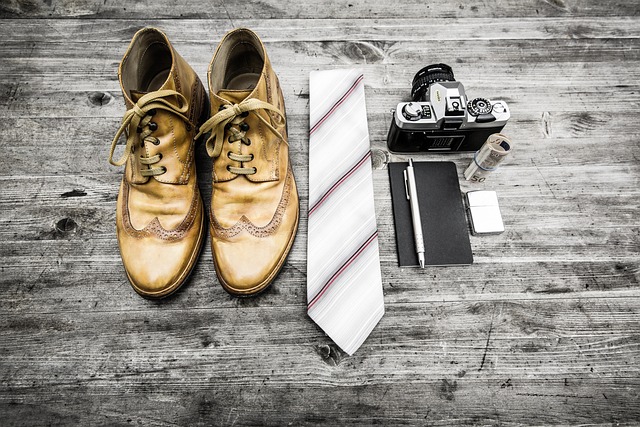
Vintage-era footwear holds a rich tapestry of cultural heritage, reflecting the artisanship and lifestyle of past eras. These shoes are not merely relics of history but are imbued with the craftsmanship and materials that were prevalent in their respective times. They serve as a window into the past, offering insights into how different societies valued form, function, and comfort. For instance, the ornate designs of 1920s flapper shoes speak to a era of transformation and liberation, while the sturdy leather boots from the 1940s bear the marks of wartime necessity and industrial innovation. The resurgence of interest in vintage-era footwear is a testament to their enduring appeal, transcending temporal boundaries to influence contemporary designs. Collectors and enthusiasts alike appreciate the unique stories each pair carries, from the hand-stitched leather soles to the intricate patterns etched into wooden heels. This revival not only preserves traditional techniques but also fosters a deeper connection with history, encouraging a new generation to value and uphold cultural traditions through fashion. As such, vintage-era footwear is more than an accessory; it is a tangible link to our collective past, enriching our understanding of the evolution of style and society.
– Explore the historical context and cultural relevance of vintage footwear, highlighting how these styles reflect societal norms and craftsmanship of their respective eras.
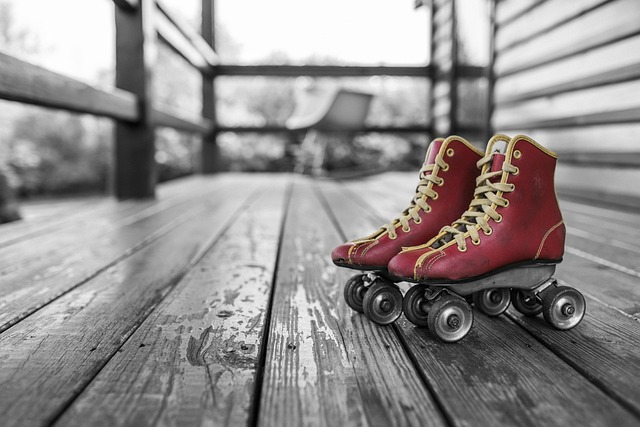
Vintage-era footwear serves as a tangible link to history, offering insights into the evolution of fashion and societal norms. Each pair of shoes from bygone eras, whether it’s the ornate heels of the Victorian era or the sleek Art Deco pumps of the 1920s, encapsulates the aesthetics and craftsmanship of its time. The intricate designs and high-quality materials used in vintage footwear reflect the technological advancements and cultural shifts of their respective periods. For instance, the constraining yet ornate boots of the 1800s contrast sharply with the streamlined, geometrically influenced shoes of the Jazz Age, each style echoing the era’s ethos. These artifacts of fashion not only adorned feet but also told a story of their time, from the grandeur of royal courts to the flapper culture of Roaring Twenties America. The resurgence of interest in vintage-era footwear today is a testament to their enduring allure and the valuable cultural history they hold. Collectors and aficionados alike are drawn to these pieces for their artisanal quality, unique design elements, and the nostalgic connection they offer to eras long past. The study of vintage footwear offers a window into the past, revealing much about the human experience through the lens of fashion.
The Evolution of Comfort and Style: A Journey Through Vintage Shoe Designs
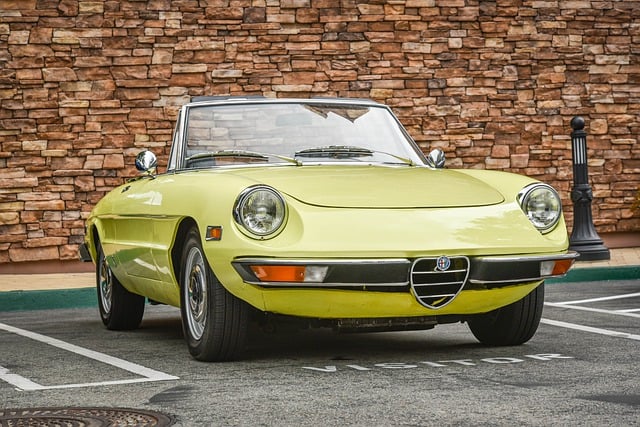
Vintage-era footwear offers a compelling window into the evolution of comfort and style, reflecting the socioeconomic and technological changes across different eras. From the early 20th century’s Art Nouveau influences with their intricate designs to the post-World War II period that introduced more durable materials, vintage shoes narrate a story of fashion’s adaptability. The 1920s saw the emergence of low-heeled pumps for women, prioritizing comfort over formality, while the 1930s and 1940s brought about the use of new synthetic materials like rubber and plastic, which not only improved the longevity of footwear but also allowed for more innovative and diverse designs. The mid-20th century’s penchant for high heels, which became synonymous with both femininity and formality, can be traced back to this period. The evolution of vintage shoe designs is a testament to humanity’s enduring quest for comfort without compromising on style, showcasing how footwear has subtly yet significantly adapted to the changing needs and preferences of society over time. Vintage-era footwear thus stands as a timeless legacy, embodying the blend of necessity and aesthetic that defines human innovation in the realm of fashion.
– Trace the evolution of shoe design from the 19th century to the mid-20th century, noting how comfort and fashion trends have shaped these designs over time.

The evolution of vintage-era footwear from the 19th to the mid-20th century is a fascinating journey through the annals of comfort and style, with each era leaving its indelible mark on the design and functionality of shoes. Initially, during the 19th century, footwear was primarily designed for protection and utility, often featuring robust constructions and high heels that were popular among both men and women. The Industrial Revolution brought about mechanical innovations such as sewing machines, which facilitated more intricate and varied designs in vintage-era footwear. By the early 20th century, the silhouette of shoes began to change, with ladies’ footwear adopting a more elegant and slender look, often embellished with decorative elements like lace and beading.
As we move into the mid-20th century, the vintage-era footwear landscape was further transformed by significant social and cultural changes, including the two World Wars, which influenced material availability and design functionality. Post-World War II saw a shift towards greater comfort and practicality, as exemplified by the introduction of rubber soles that offered better traction and cushioning. The 1950s introduced a new aesthetic with sleek, streamlined designs that complemented the era’s fashion trends, such as the ballet flat, which remains a classic to this day. Throughout these decades, vintage-era footwear continued to reflect contemporary tastes and needs, from the practical to the extravagant, showcasing the interplay between comfort and style that continues to define footwear design even now.
Material Matters: The Use of Sustainable Resources in Past Footwear Creations
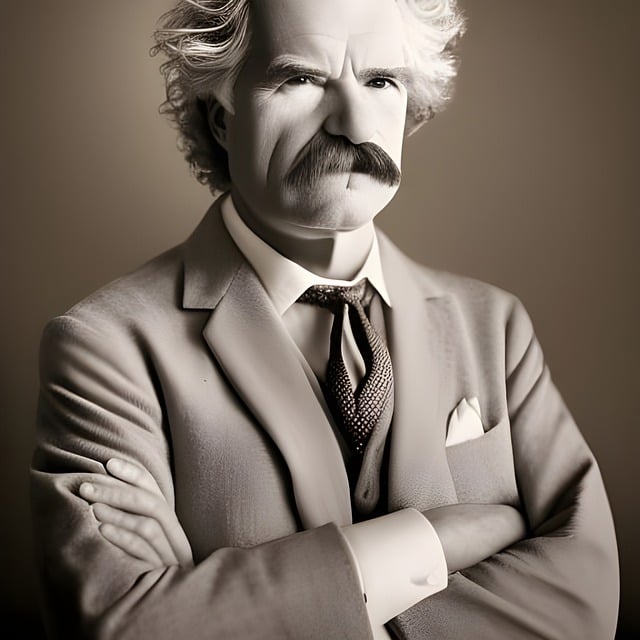
Vintage-era footwear offers a unique lens through which we can examine the relationship between fashion and sustainability, a topic that remains relevant in contemporary times. During the vintage eras, craftsmanship often took precedence over mass production, resulting in footwear that was typically made from sustainable materials such as natural rubber, organic cotton, and vegetable-tanned leather. These materials were not only abundant but also biodegradable, reflecting a time when resource conservation was inherently woven into the production process. The choice of materials in vintage shoes was influenced by the availability of resources and the technologies of the time, leading to footwear that was both durable and environmentally friendly. Today, as the world grapples with environmental concerns, there’s a resurgence in interest for these sustainable practices. Vintage-era footwear serves as an inspiration for modern designers who aim to replicate the quality and sustainability of yesteryear, without compromising on style or comfort. The legacy of vintage-era footwear, therefore, continues to influence and guide the industry towards more sustainable practices.
Vintage-era footwear holds a unique position in both historical and cultural narratives, serving as a testament to the evolution of comfort and style across eras. From the intricate craftsmanship that defined shoe designs of the past to the sustainable resources employed in their creation, these artifacts offer a rich tapestry of societal norms and artistic expression. As we explore the cultural significance and design advancements of vintage footwear, it becomes clear that they are more than mere accessories; they are a timeless reflection of human ingenuity and fashion’s influence. In appreciating and reviving these classic styles, we not only honor their legacy but also contribute to a sustainable future by valuing the materials and techniques of yesteryear. The allure of vintage-era footwear lies in its ability to transcend time, offering a window into our past while inspiring contemporary fashion.
